Nationality Indian Name Shivkar Talpade | Died 1916, India | |
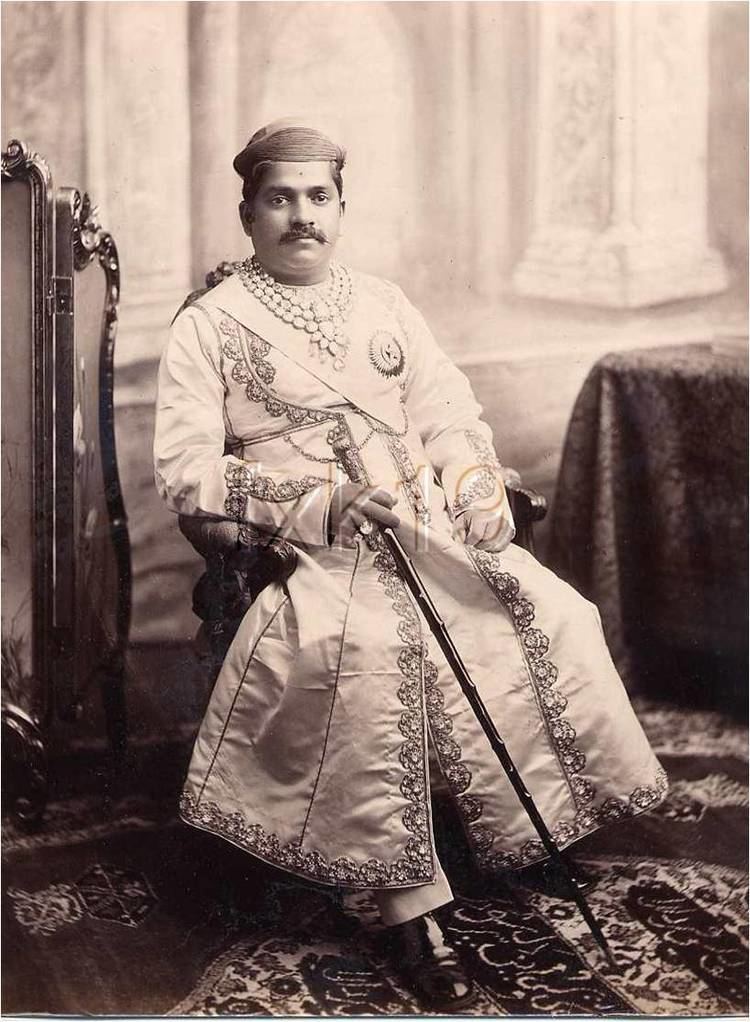 | ||
Children Three (two sons and one daughter) Education Sir Jamsetjee Jeejebhoy School of Art | ||
Ancient flying vimana recreated shivkar bapuji talpade
Shivkar Bāpuji Talpade (1864 – 1916) was an Indian scholar who is said to have constructed and flown an unmanned airplane in 1895. Talpade lived in Bombay and was a scholar of Sanskrit literature and the Vedas.
Contents
- Ancient flying vimana recreated shivkar bapuji talpade
- Shivkar bapuji talpade first indian to fly airplane in 1895
- Early life and inspiration
- Marutsakh
- Popular culture
- References

Shivkar bapuji talpade first indian to fly airplane in 1895
Early life and inspiration
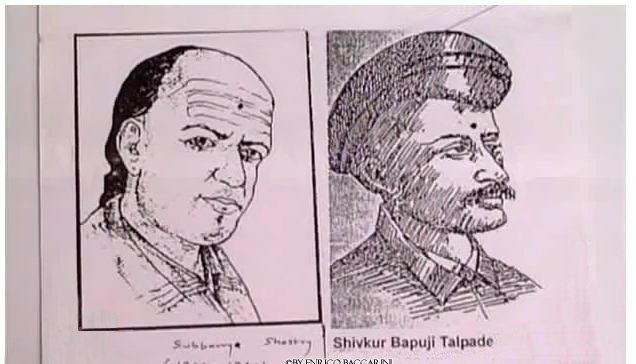
Talpade was born in the Chira Bazaar locality of Bombay (now Mumbai), Maharashtra. He completed his school education in Sir Jamsetjee Jeejebhoy School of Art. During his time there he came to know about ancient Indian aeronautics through his teacher Chiranjilal Verma, who led Talpade to read Swami Dayanand Saraswati's works related to ancient aeronautics, such as ‘Rigvedādic Bhāshya Bhumikā’ and ‘Rigved and Yajurveda Bhāshya’. However, some sources also suggests that his works were based on the work done by Maharishi Bharadwaja in Rigveda. Inspired by these texts he decided to construct the Vedic Vimāna described in the Vedas, and started learning Vedic Sanskrit language.
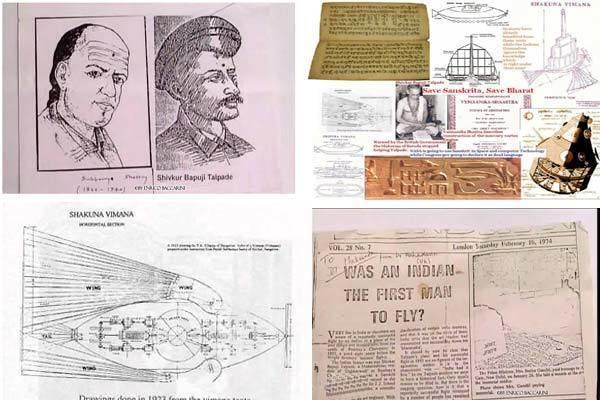
Pratap Velkar, in his book on the Pathare Prabhu community, says that Talpade also studied the achievements of aviation pioneers like Thomas Alva Edison who flew in a balloon. Talpade's study included the experiment of machine gun inventor Hiram Maxim who made a captive steam-driven aircraft. According to Mr. Velkar, Mr. Talpade studied these flights, which inspired him to make an aircraft and fly.
Marutsakhā
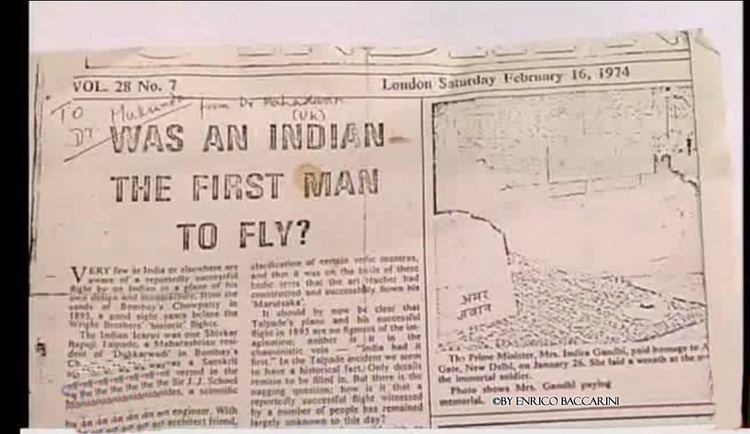
Talpade's airplane was named Marutsakhā, derived from the Sanskrit Marut ('air' or 'stream') and sakhā ('friend') which together mean 'Friend of wind'. As suggested by D. K. Kanjilal's 1985 Vimana in Ancient India: Aeroplanes Or Flying Machines in Ancient India, as well as contemporary reports in the Marāthi-language newspaper Kesari, Marutsakhā is supposed to have been inspired from Vimāna, ancient flying-machines in Hindu mythology.

One of Talpade's students, Pt. S. D. Satawlekar, wrote that Marutsakhā sustained flight for a few minutes. According to K.R.N. Swamy "a curious scholarly audience headed by a famous Indian judge and a nationalist, Mahadeva Govinda Ranade and H H Sayaji Rao Gaekwad, respectively, had the good fortune to see the unmanned aircraft named as ‘Marutsakthi’ take off, fly to a height of 1500 feet and then fall down to earth". The presence of Mahadev Govind Ranade and Sayajirao Gaekwad III during the flight is also cited in "Annals of the Bhandarkar Oriental Research Institute". A former Indian defense officer stated in 2004 that Marutsakhā failed to operate to its full design limits due to technical reasons.
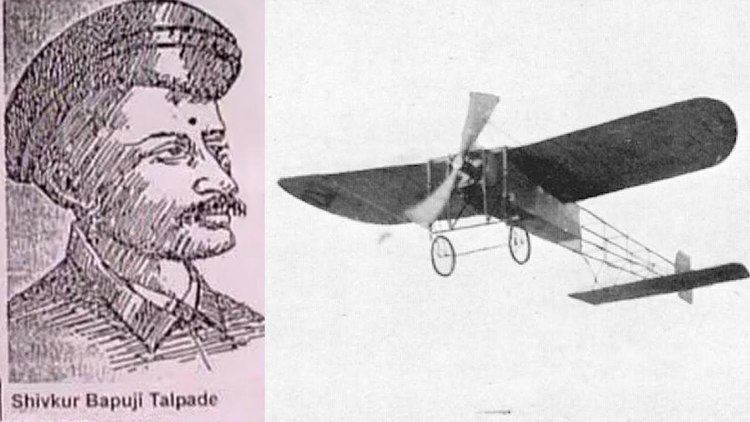
Contemporary accounts of a successful flight or evidences of such an achievement are scarce and the technical feasibility is dubious. The technical basis of the Vedic Ion Design which was supposedly used by Talpade has been debunked by research into the technological feasibility of such flights. This issue was also raised by Steven J. Rosen in his book 'The Jedi in the Lotus: Star Wars and the Hindu Tradition'. After the experiment, Marutsakhā apparently was stored at Talpade's house until well after his death. Velakara quotes one of Talpade's nieces, Roshan Talpade, as saying the family used to sit in the aircraft's frame and imagine they were flying. A model reconstruction of Marutsakhā was exhibited at an exhibition on aviation at Vile Parle, and Hindustan Aeronautics Limited has preserved documents relating to the experiment.
Popular culture
A film based on life of Talpade, Hawaizaada, starring Ayushmann Khurrana, was released on 30 January 2015. The film was earlier titled Bambai Fairytale.
